 "ranwhenparked" (ranwhenparked)
"ranwhenparked" (ranwhenparked)
08/21/2020 at 14:52 • Filed to: None
 7
7
 2
2
 "ranwhenparked" (ranwhenparked)
"ranwhenparked" (ranwhenparked)
08/21/2020 at 14:52 • Filed to: None |  7 7
|  2 2 |
The French ocean liner Paris burned and sank for the first time - yes, first. While burning and sinking just once would considered excessive for most ships, this one burned and sank twice, making Paris perhaps one of the unluckiest ships in history, along with Viking Saga / Sally Albatross - look that one up.
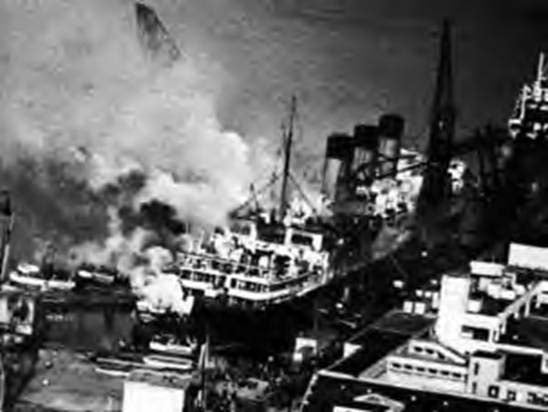
Unlike the major British and German shipping firms, Compagnie Générale Transatlantique (better known in English as the French Line) preferred not to build large classes of identical ships for their flagship North Atlantic run, instead building a serie s of individual vessels with unique designs that took into account operational experiences from their predecessors. Their first entrant into the large, modern superliner class had been the 4-funneled France of 1912, and would be capped by the modern, 3-funneled Île de France of 1927 and radically new Normandie of 1935. In the middle was the Paris , very much a transitional ship between the palatial Louis XIV-style interiors of France , and the modernist Art Deco scheme of Île de France.
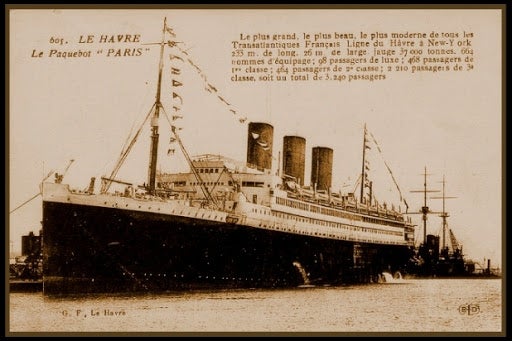
Paris was laid down at CGT’s own Ateliers et Chantiers de Penhoët yard in Saint Nazaire in 1913, with entry into service planned for 1915, but the outbreak of WWI caused construction to be suspended. Eventually, the French Navy decided they needed the slipway for warship construction, so work on Paris was resumed to get her finished just enough to float, and she was finally launched in 1916, but laid up incomplete until fitting out work finally began in 1919, with the maiden voyage occurring in 1921. During that period, the opportunity was taken to convert her prewar coal fired boilers to oil fuel, made possible through wartime technological advances. Befitting the immediate prewar era, Paris was designed with a largely Art Nouveau interior, considered extremely modern for 1913, though started to get a bit dated by the early 1920s, so certain portions of the interior spaces were done to incorporate early Art Deco elements as well. Out of fear that more conservative passengers wouldn’t accept the style, most of the First Class cabins were still done in traditional Louis XIV and Louis XV schemes. Those cabins boasted a high percentage of large, square picture windows rather than traditional round portholes, and private ship-to-shore telephones throughout, a novelty in 1921.
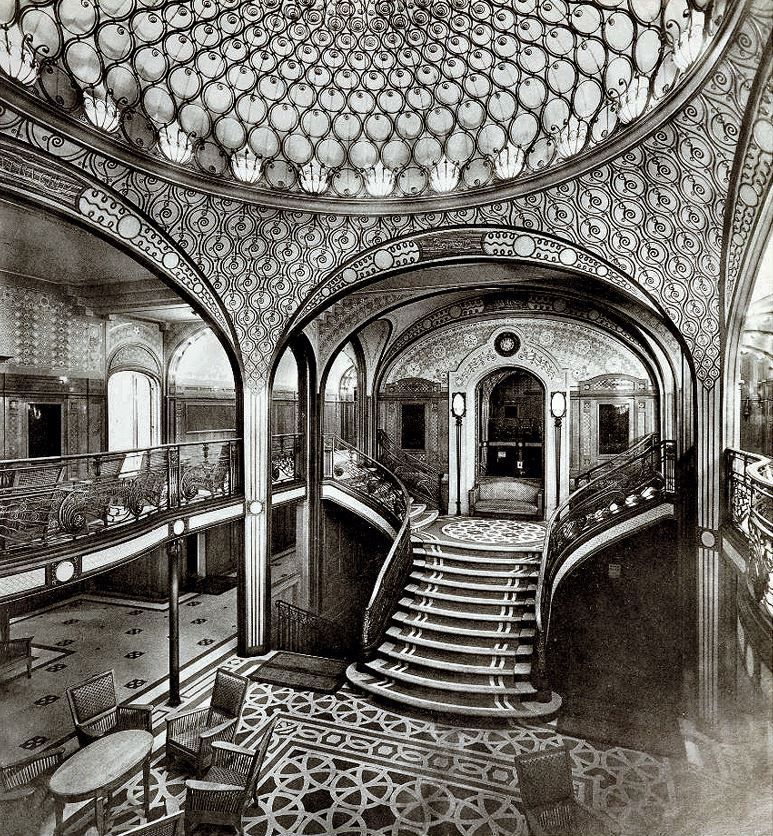
Paris was a popular ship in the 1920s, but was not without incident -running aground twice during 1929, and accidentally ramming a Norwegian freighter in 1927, but she very nearly met her fate on August 20th, 1929. Fire broke out onboard while tied up at her usual pier in Le Havre, and sank, largely due to the water pumped on board to fight the flames. Fortunately, she did settle upright, and being only 8 years old, was worth being repaired. Paris was raised, towed back to her builders yard, and refurbished, returning to service in late 1929.
But, that wasn’t the end of it. Paris caught fire a second time in Le Havre in April of 1939. This time, she capsized at the pier from the disproportionate water volumes pumped on board by fireboats and land based fire engines. In the process, the giant new Normandie , undergoing scheduled maintenance in the adjacent dry dock, was briefly trapped by her overturned fleet mate, and Paris ’ funnels and masts had to be quickly cut down to allow Normandie to slide past. Just 3 years later, Normandie would burn and capsize in New York under similar circumstances, while being converted into the troop transport Lafayette for the US Navy.
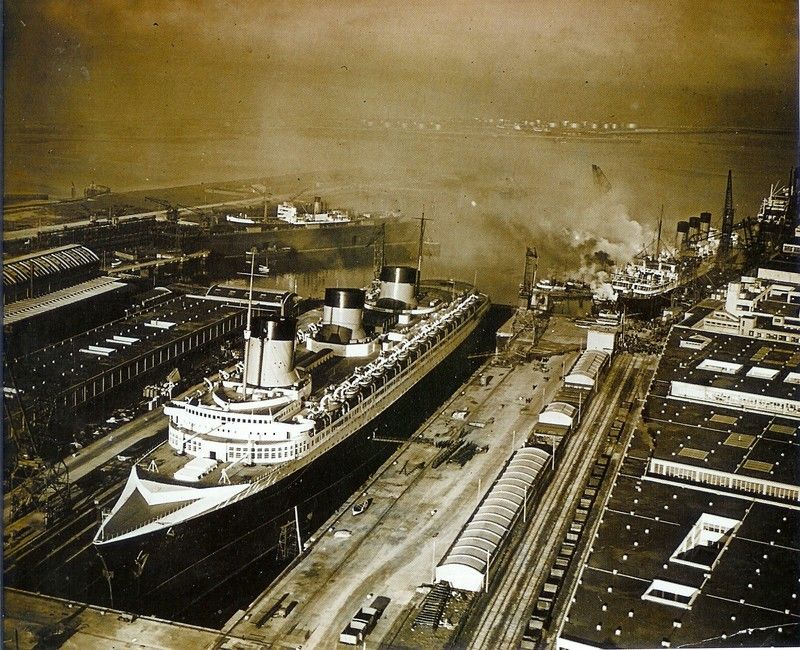
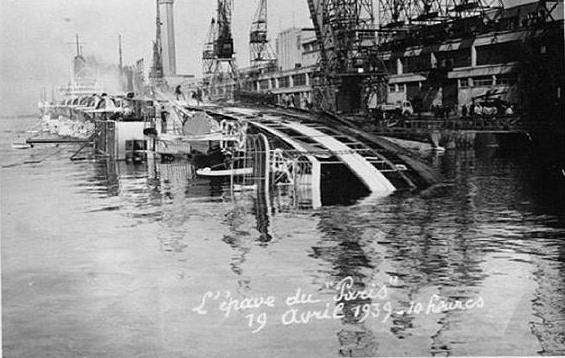
This time, the damage was extensive enough to deem Paris a total loss. Under normal circu mstances, the wreck would have been removed quickly, but few circumstances in Europe were normal in 1939. The partially submerged wreck remained in the harbor for the duration of WWII. After the war, the French Line received the German liner Europa as reparations for the loss of Normandie , renamed her Liberté , but, before refurbishment could begin, Liberté broke her moorings in a storm and drifted into the wreck of Paris , causing her to sink alongside - fortunately upright. Liberté was raised and towed away for repairs, and the incident finally convinced the municipal authorities in Le Havre to do something about the dangerous wreck, with Paris finally cut up for scrap in 1947.
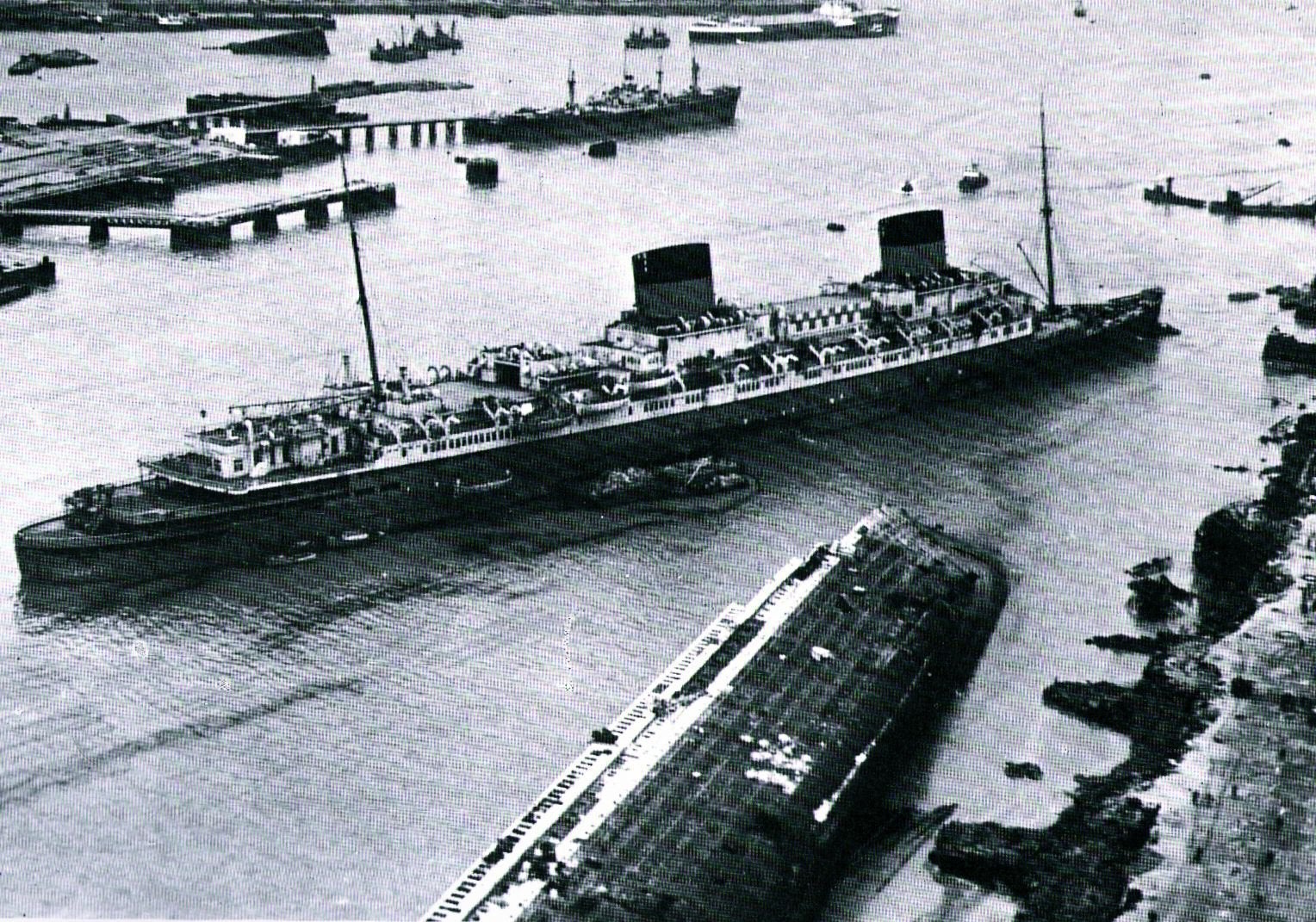
 facw
> ranwhenparked
facw
> ranwhenparked
08/21/2020 at 15:05 |
|
Always good to have some boatlopnik
 gmporschenut also a fan of hondas
> ranwhenparked
gmporschenut also a fan of hondas
> ranwhenparked
08/28/2020 at 21:05 |
|
There was an old popular mechanics, I think of a mail ship, that sank just outside a harbour turned into a breakwater, it drives me nuts I can’t remember.